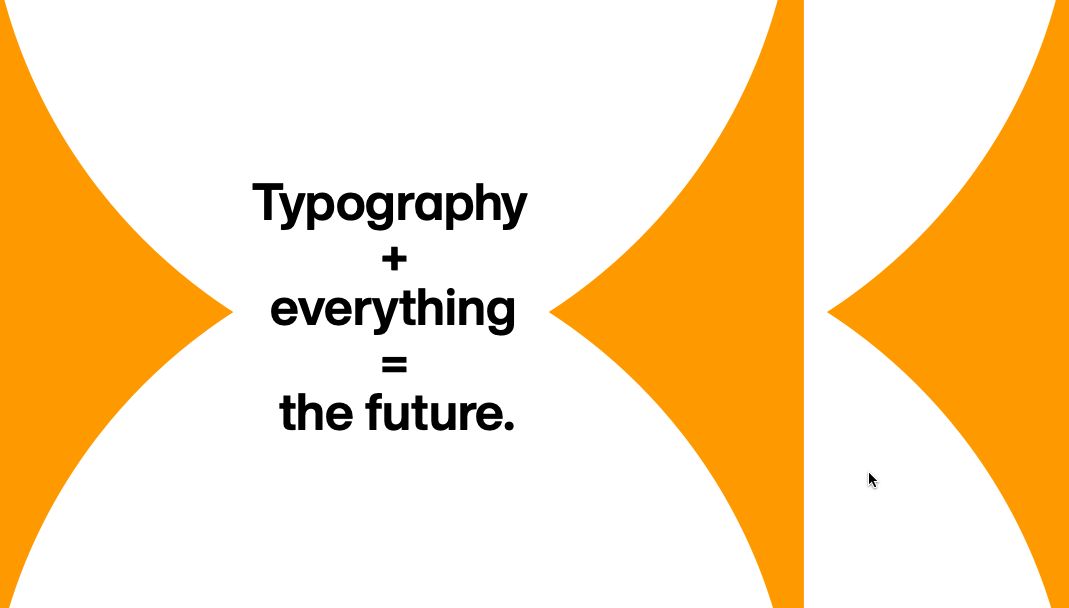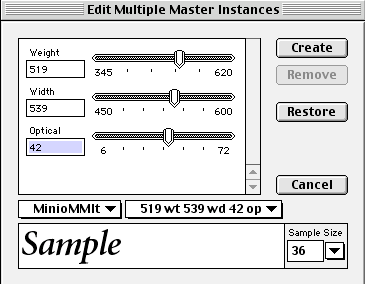Calendar 2023
Carl Shank • November 13, 2021
Calendar 2023. This is a FREE offer from CARE Typography and Carl Shank Consulting. 11 x 8.5 desk or wall calendar with holidays. We will send it to you via email for a PDF or Online Version. Simply send a request to cshanktype@gmail.com. Enjoy!

Successful Layout & Design

AI & Typography: A Christian-Theistic Present Look Monotype Corporation recently released their 2025 Report concerning Artificial Intelligence and Typography called Re-Vision (See https://bit.ly/4aEUePf ). This eReport looks at the various typographical, social and cultural issues surrounding AI and how it affects and impacts the craft and science of typography. A selected summary of the Report is available below.

Variable Fonts: An Introduction History & Use “Variable fonts are a single font file that behaves like multiple fonts.” (John Hudson) The technology behind variable fonts has been around for a while. Starting in the 1990s, interpolation and extrapolation have been used to create different masters, and weights in typefaces. For example, by designing a regular and bold weight a semibold could be interpolated from the two masters.

